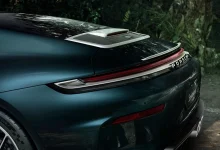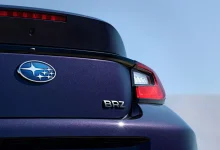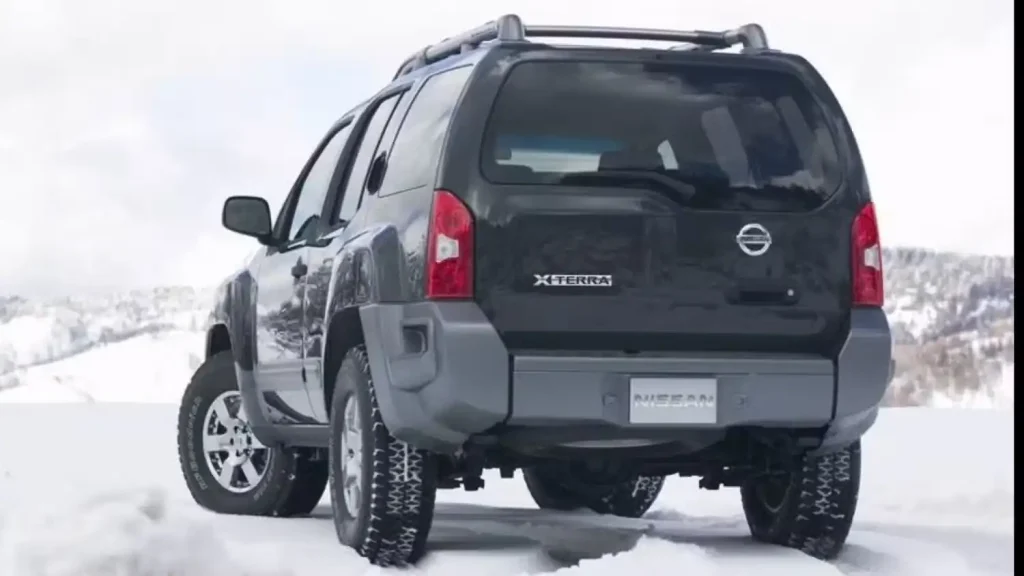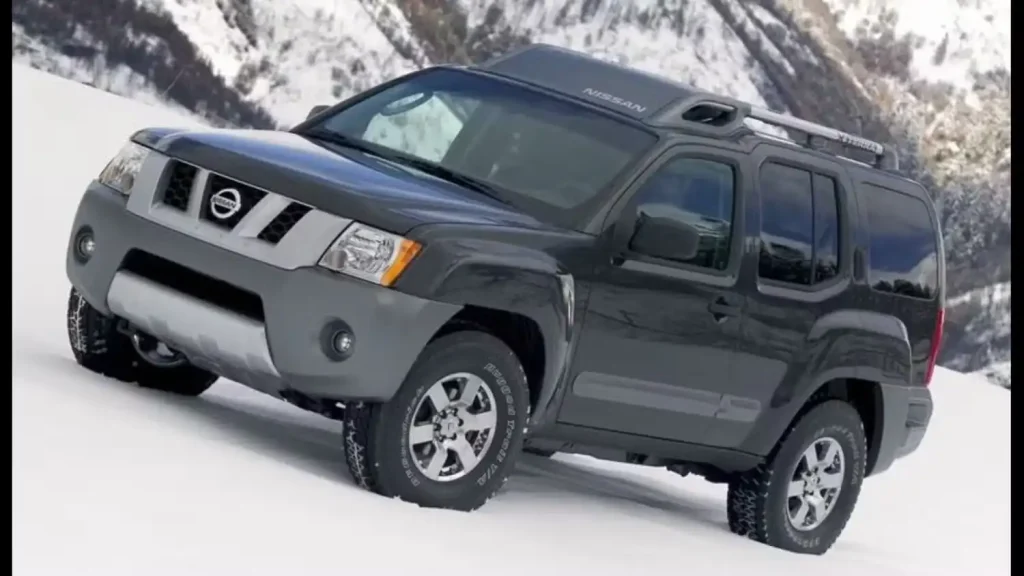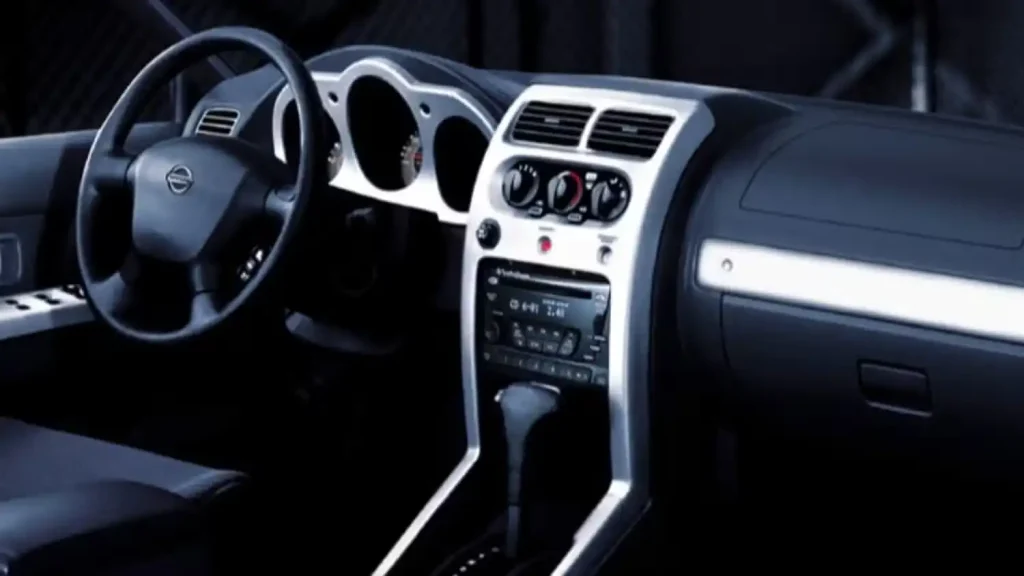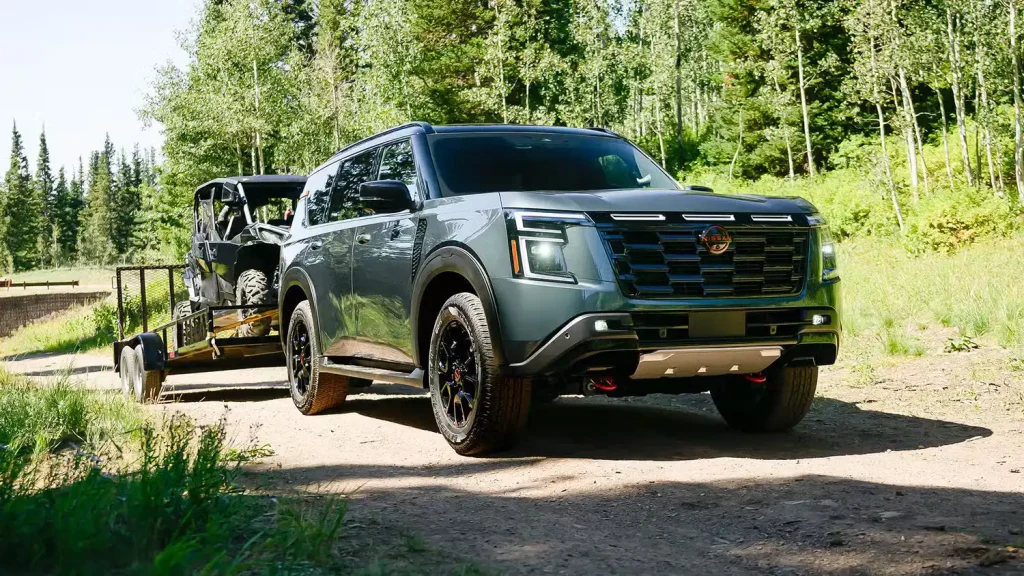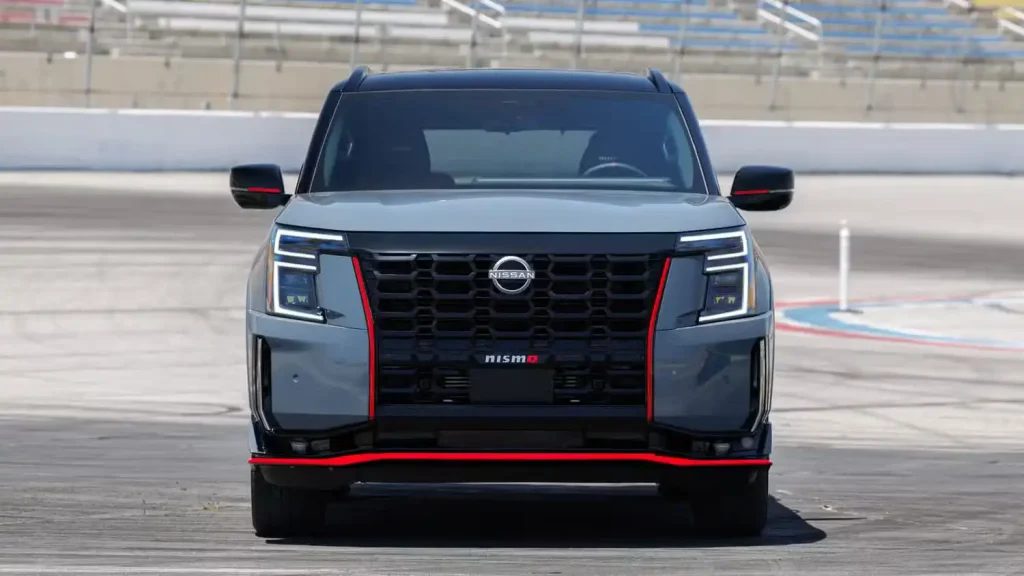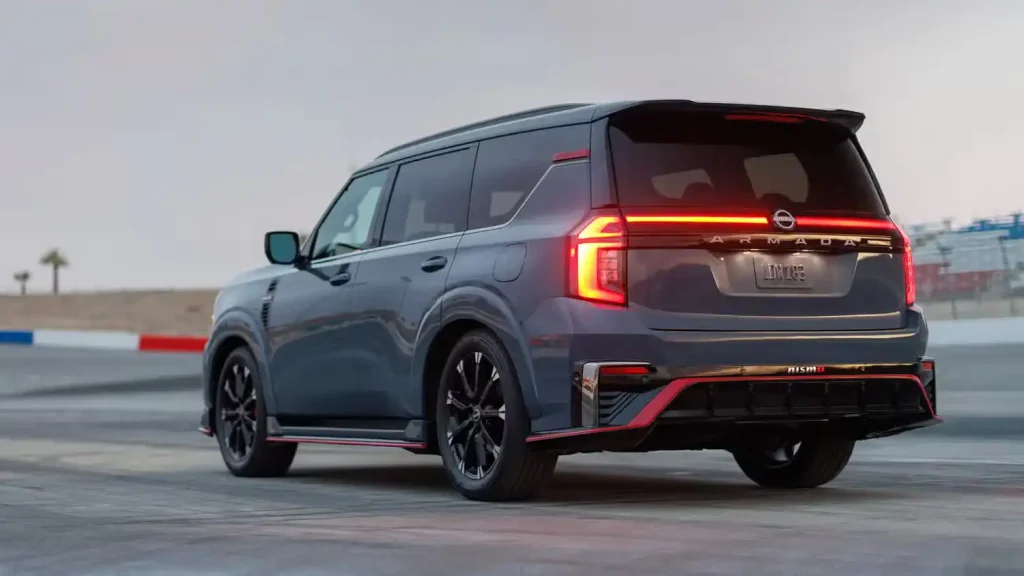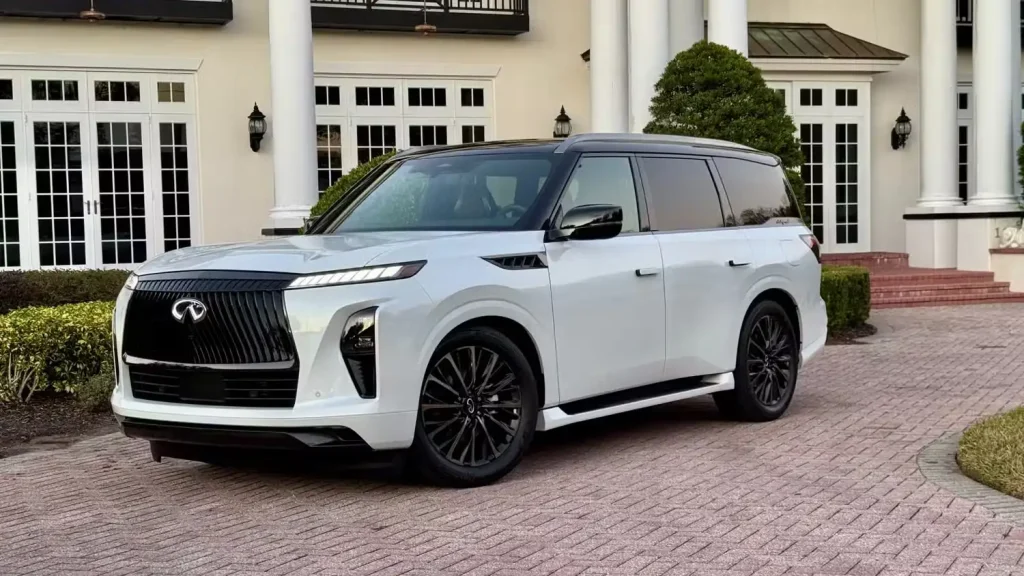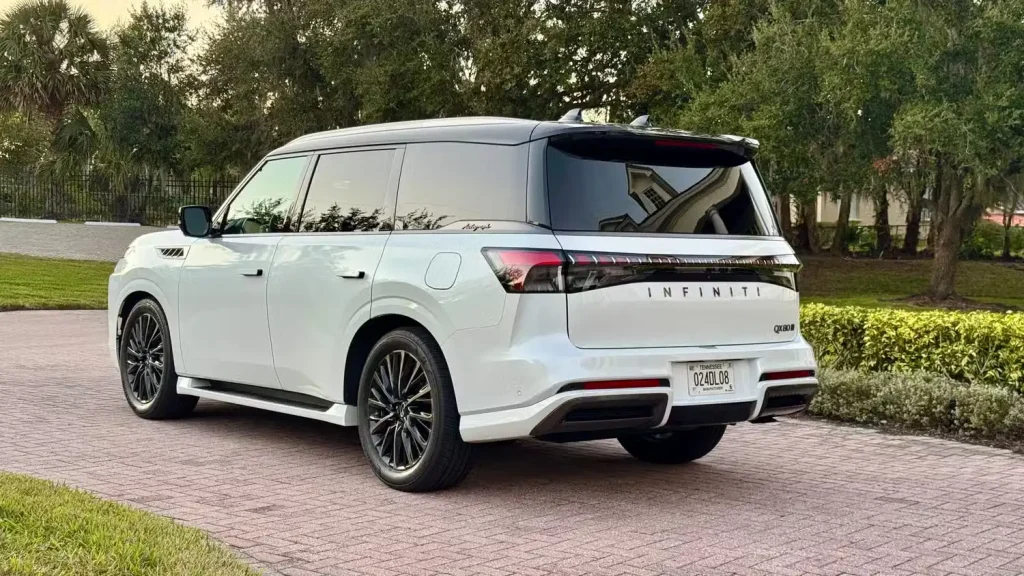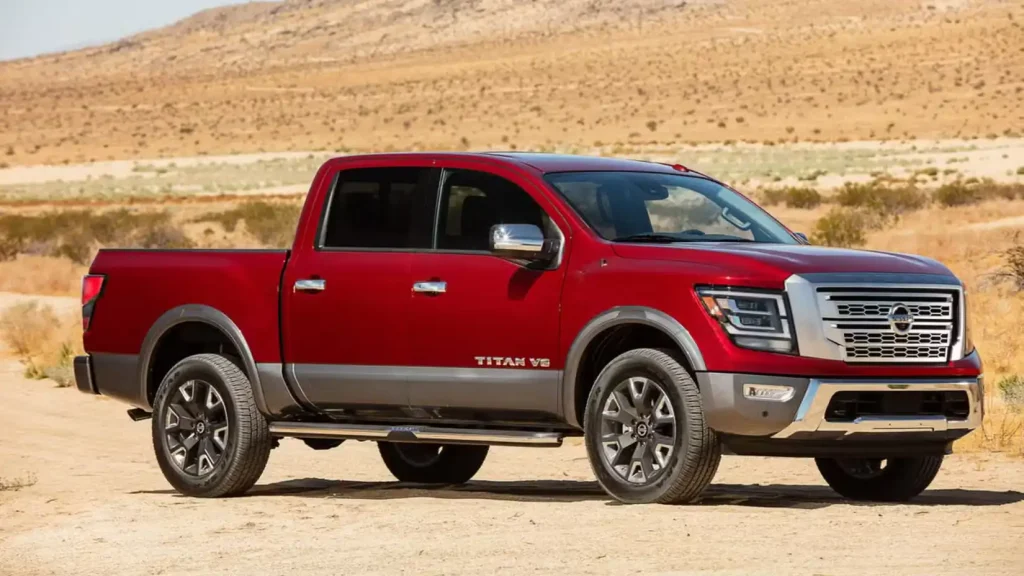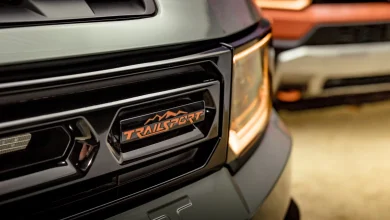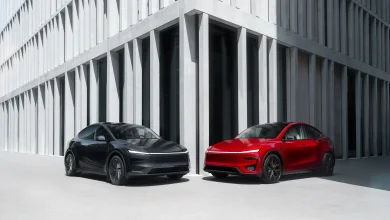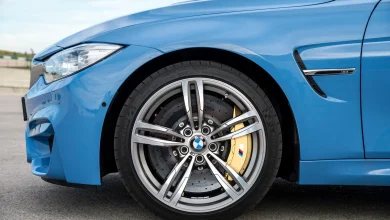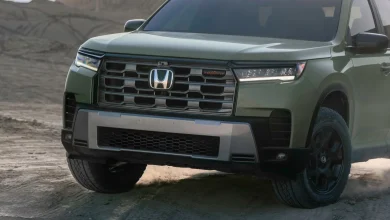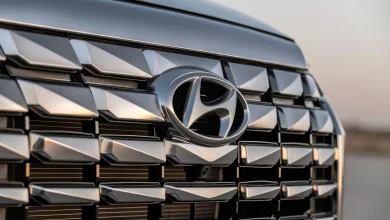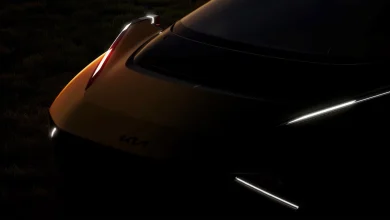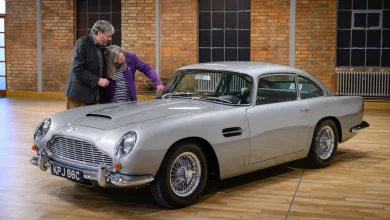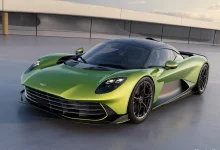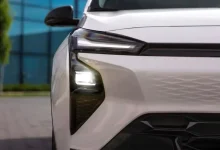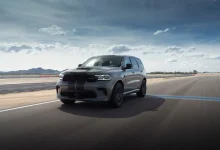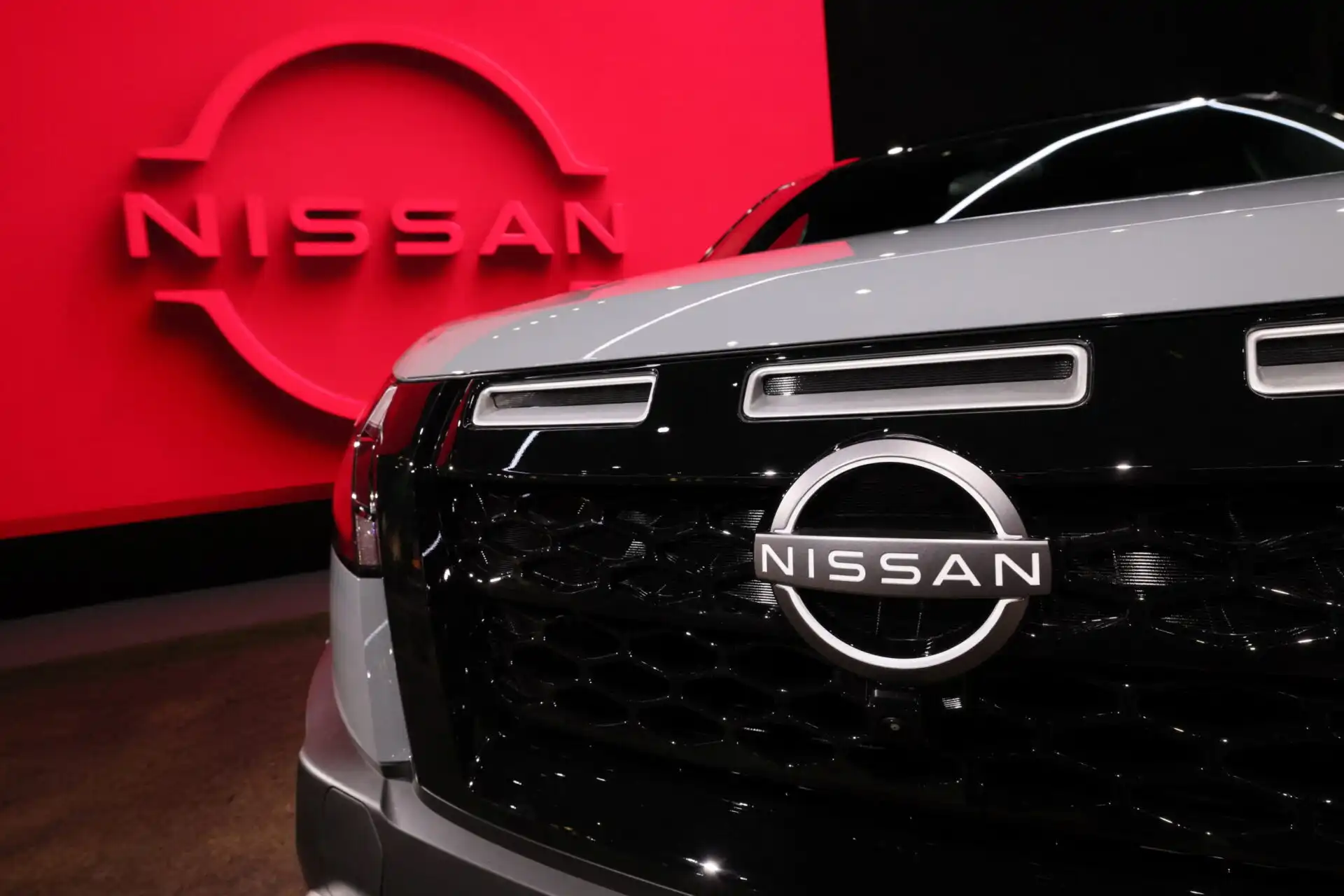
Nissan is grappling with internal financial challenges while navigating a rapidly evolving external environment. With potential tariffs looming under a possible second Trump administration and the rollback of key EV subsidies, the automaker is reassessing its strategy across the board. A critical part of this reevaluation centers on the future role of its Canton, Mississippi manufacturing facility.
The Canton, Mississippi plant was once poised to become Nissan flagship hub for electric vehicle production in the U.S. However, the automaker has delayed the rollout of the electric SUVs originally planned for the facility, following an earlier pause in development of its electric sedans. Now, rather than allowing a valuable, tariff-free production site to sit idle, Nissan is reportedly considering a dramatic pivot—shifting its focus from EVs to a renewed investment in body-on-frame vehicles, such as rugged SUVs and trucks. This move would mark a sharp turn from its previous electrification strategy, embracing a segment known for durability, off-road capability, and strong consumer demand in key markets.
Nissan May Revive the Xterra—And Launch a Luxurious Infiniti Twin
As reported by Automotive News, Nissan is weighing a “comprehensive body-on-frame product strategy” centered around its Canton, Mississippi facility. At the heart of this potential shift are two new midsize SUVs built on rugged body-on-frame architecture.
One of those vehicles could mark the long-awaited return of the Nissan Xterra, reborn atop the next-generation Frontier pickup platform—likely with hybrid or plug-in hybrid powertrains. The new Xterra would be aimed squarely at segment heavyweights like the Jeep Wrangler, Ford Bronco, and Toyota 4Runner. Nissan’s luxury brand, Infiniti, is also expected to benefit from the plan, with a rebadged and more upscale version of the SUV to be built alongside it.
On paper, these upcoming SUVs could deliver exactly what Nissan’s lineup has been lacking: strong sales volume and healthy profit margins. In a typical year, competitors like the Jeep Wrangler, Ford Bronco, and Toyota 4Runner each move over 100,000 units. Their success is bolstered not just by demand but by high-margin accessory sales—something Nissan has yet to fully capitalize on in the off-road SUV space.
Nissan Considers Shifting Armada and QX80 Production to the U.S.
Another key element of Nissan’s evolving product strategy involves relocating production of the Nissan Armada and Infiniti QX80 from Kyushu, Japan, to the Canton, Mississippi plant. According to the report, this move would help Nissan mitigate current and potential future tariffs on imported vehicles while also positioning the company to better meet North American demand. Localizing production would not only protect profitability but also streamline logistics and allow faster response to market shifts.
However, moving Armada and QX80 production to the U.S. wouldn’t come without significant challenges. Retooling the Canton plant for large body-on-frame SUV production is estimated to cost Nissan several hundred million dollars. Additionally, supply chain constraints pose another major hurdle. According to Automotive News sources, much of the available supplier capacity in North America has already been claimed by competitors, making it more difficult for Nissan to secure the parts and materials needed for large-scale local production.
HARJA has contacted Nissan for further details and an official response regarding this report. We are currently awaiting their reply.
No Word on a New Nissan Titan
Notably absent from the “comprehensive body-on-frame product strategy” is any indication that Nissan plans to revive the full-size Titan pickup. The Titan was produced at the Canton plant until its discontinuation in 2024. Nissan has clear reasons for steering away from this segment: fierce competition and a lack of market traction. While Ford moves over 700,000 F-150s annually, Nissan struggled to sell fewer than 20,000 Titans per year, failing to carve out a viable niche.
Building a new Titan on the same platform as the Armada and QX80 might help justify the substantial investment of several hundred million dollars needed to retool production. However, bringing back the Titan presents a classic catch-22: the truck requires an expensive redesign to boost sales, but the company needs strong sales projections to justify that costly overhaul. Any proposal to revive the Titan will have to carefully navigate this challenging dilemma.
Nissan Titan Sales Figures (2021-24)
|
Model Year |
Titan Sales |
| 2021 | 27,406 |
| 2022 | 15,063 |
| 2023 | 19,189 |
| 2024 | 14,682 |
